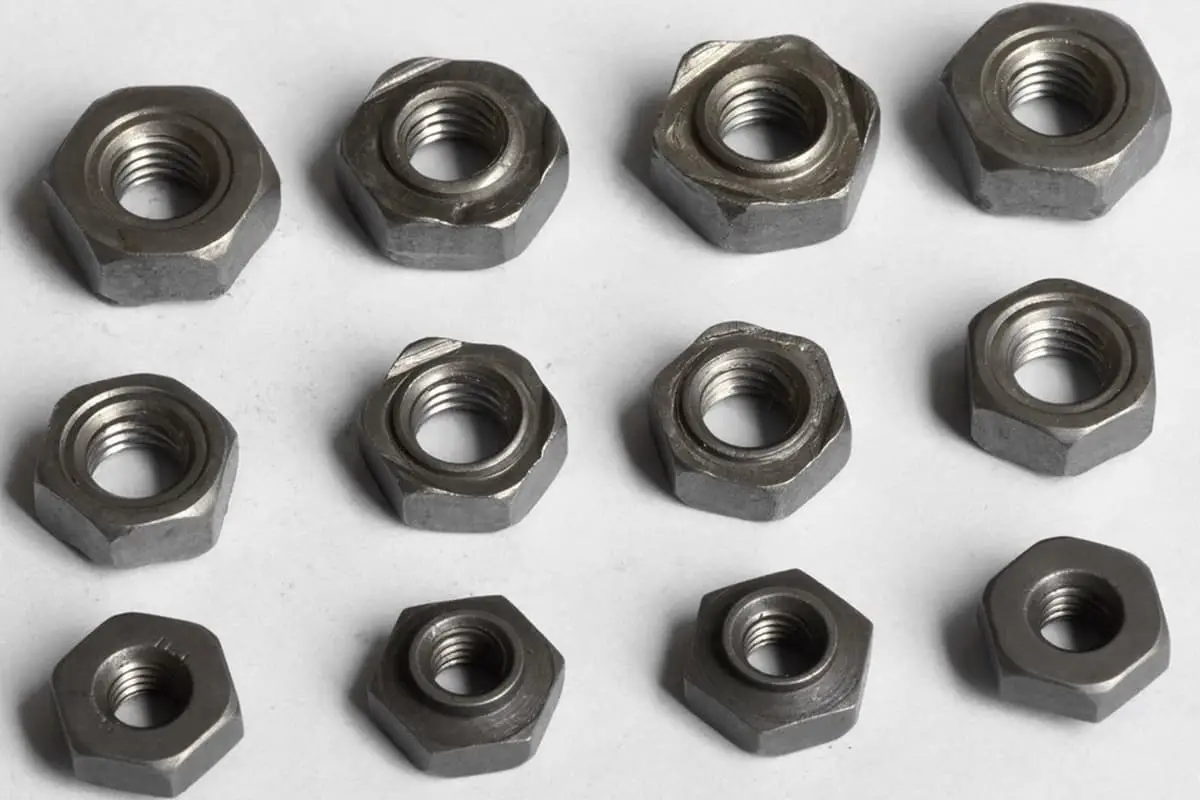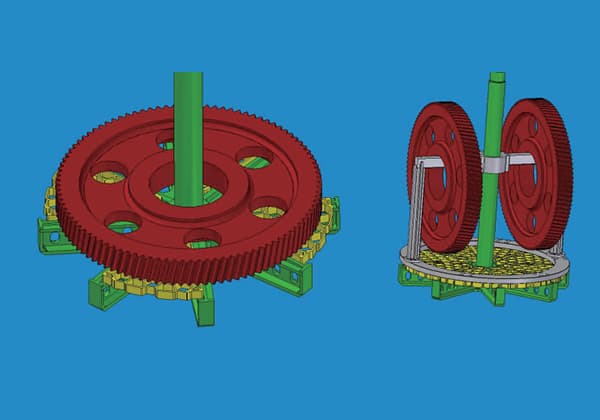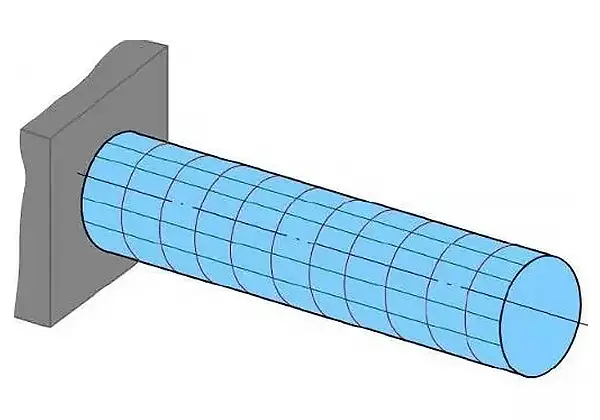
Imagine a tiny component that can make or break the reliability of your machinery. Flat washers and spring washers, though small, play crucial roles in industrial applications. This article delves into their advantages and disadvantages, helping you understand when to use each type. You’ll discover how to ensure optimal performance and prevent malfunctions by selecting the right washer for your needs. Dive in to learn about the nuances of these essential yet often overlooked components!
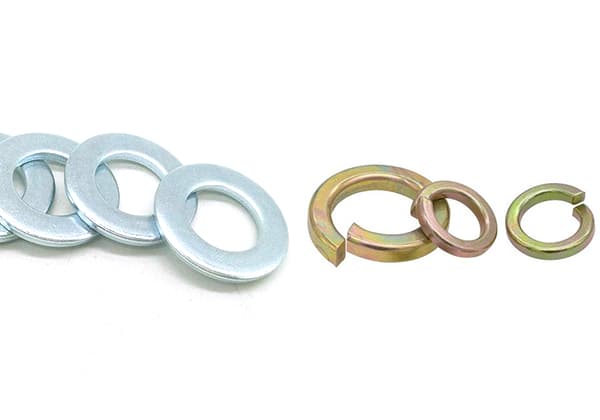
Flat washers and spring washers both belong to the category of washers, and they are two types of washers that are widely used in industrial automation applications. However, due to the significant differences in their usage characteristics and focus, careful selection is required based on the actual usage environment.
If an appropriate washer is not selected, not only will the washer not function as intended, but it may also cause additional malfunctions during equipment operation.
Therefore, let’s take a closer look at the advantages and disadvantages of flat washers and spring washers respectively.
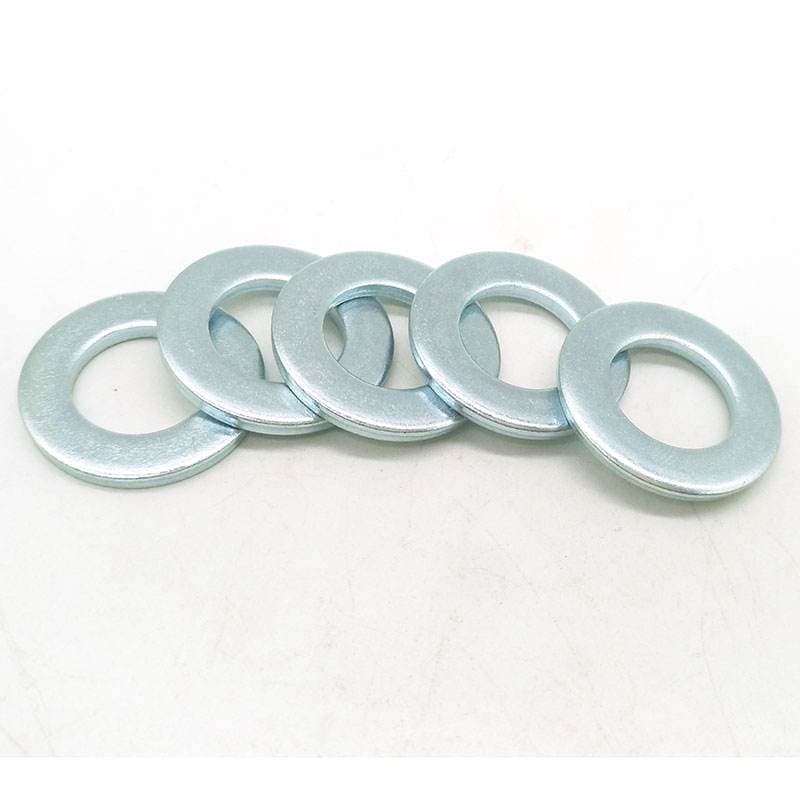
Flat washers can increase the contact area between components and thus reduce pressure. Their advantages and disadvantages are as follows:
Advantages:
Disadvantages:
Flat washers cannot prevent loosening or provide shock absorption.

In addition to protecting the surface of the connecting parts from damage by nuts and other fasteners, spring washers can also increase the friction between nuts and bolts, providing a certain degree of anti-loosening effect.
Advantages:
Disadvantages:
The overall performance of spring washers is limited and affected by the materials and manufacturing processes used. If appropriate materials are not selected or certain special processes are not controlled properly, spring washers may easily break or have a short service life, causing quality problems.
In reality, due to the significant differences in the functional characteristics and advantages and disadvantages of flat washers and spring washers, both types of washers are often used in conjunction with each other in most working environments. This not only ensures the protection of the components, but also provides anti-loosening and shock absorption effects.

